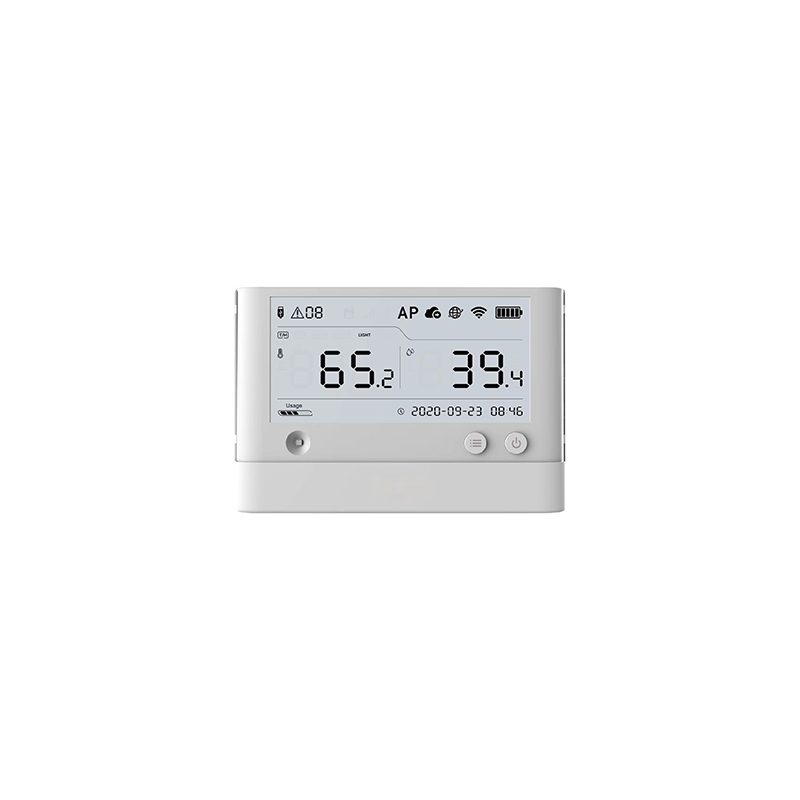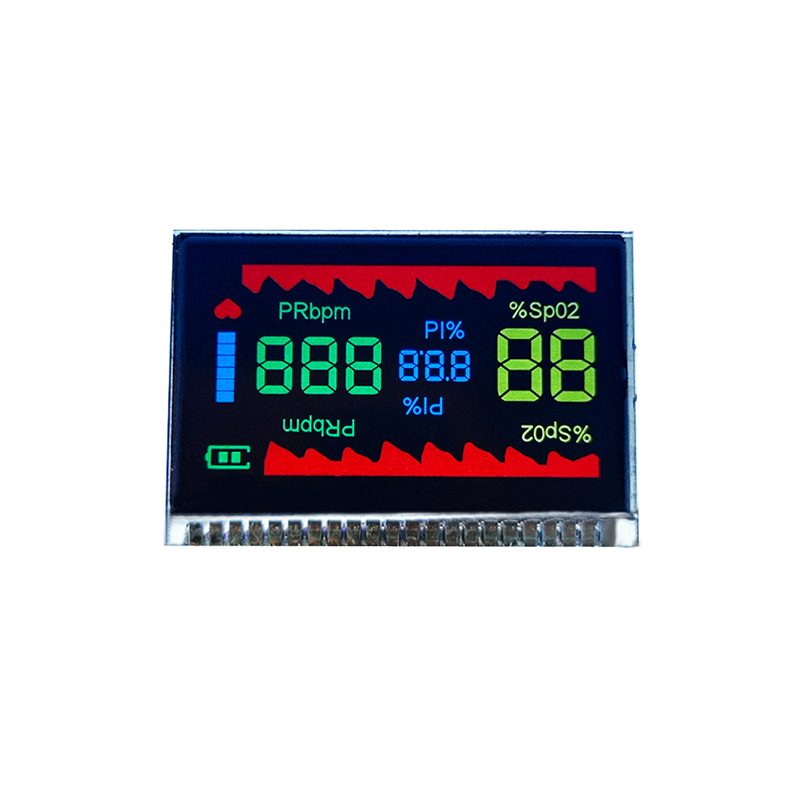
Choosing the right industrial TFT display is crucial for various applications. This guide provides a detailed overview of factors to consider when selecting a display, helping you find the perfect solution for your specific needs. We'll explore different display types, resolutions, brightness levels, and other key features to ensure you make an informed decision.
Selecting the best industrial TFT display requires careful consideration of several factors. These include the operating environment, required resolution and brightness, lifespan, and connectivity options. Harsh environments might necessitate displays with specific ruggedization, while applications demanding high precision will require displays with high resolutions and accurate color reproduction. The lifespan of the display is crucial, especially for critical applications where downtime is costly. Connectivity options like VGA, DVI, HDMI, and DisplayPort should also be evaluated based on your system's compatibility.
Various types of industrial TFT displays cater to different needs. These include resistive touchscreens, capacitive touchscreens, projected capacitive touchscreens, and more. Resistive touchscreens are known for their durability and affordability but offer less sensitivity. Capacitive touchscreens provide better sensitivity and a smoother user experience but are generally more expensive. Projected capacitive touchscreens offer the best of both worlds, combining high sensitivity with good durability. The choice depends on the application's requirements for sensitivity, durability, and budget.
The required resolution directly impacts the clarity and detail displayed. Higher resolutions offer sharper images and more information display capability. Consider the viewing distance and the amount of detail needed to determine the appropriate resolution. Similarly, the display size is vital for readability and usability; choose a size appropriate for the viewing distance and application. A larger display might be necessary for presentations or monitoring systems, while a smaller display might suit portable devices.
Brightness is crucial, particularly in environments with high ambient light. Higher brightness ensures clear visibility even under direct sunlight or brightly lit industrial settings. Contrast ratio is equally important. A higher contrast ratio results in richer blacks and brighter whites, enhancing the overall image quality and readability. Consider the environment where the display will be used and choose appropriate brightness and contrast levels.
Industrial environments often pose challenges such as extreme temperatures, vibrations, and dust. For such settings, a ruggedized industrial TFT display with features like extended temperature ranges, impact resistance, and ingress protection (IP) ratings is essential. The choice of enclosure materials and construction is crucial in determining the display's resilience to these harsh conditions. Check for certifications and ratings that guarantee the display's suitability for specific environments.
Several reputable manufacturers produce high-quality industrial TFT displays. Researching different brands and comparing their specifications is recommended. Consider factors like warranty, customer support, and reputation when making your selection. Many manufacturers offer customized solutions to cater to specific requirements. Always check the manufacturer's website for the most up-to-date specifications and details.
| Manufacturer | Model | Resolution | Brightness (cd/m2) | Operating Temperature |
|---|---|---|---|---|
| Manufacturer A | Model X | 1920x1080 | 500 | -20°C to +70°C |
| Manufacturer B | Model Y | 1280x1024 | 700 | 0°C to +50°C |
| Dalian Eastern Display Co., Ltd. https://www.ed-lcd.com/ | (Check Website for Specific Models) | (Varies) | (Varies) | (Varies) |
Note: This table provides a general comparison. Specific specifications vary depending on the model and manufacturer. Always consult the manufacturer's documentation for precise details.
Selecting the optimal industrial TFT display involves a comprehensive evaluation of various factors, from resolution and brightness to durability and environmental considerations. By carefully considering your specific needs and comparing different options, you can ensure you choose a display that meets your requirements and provides reliable performance for years to come. Remember to always consult the manufacturer's specifications for the most accurate and up-to-date information.












